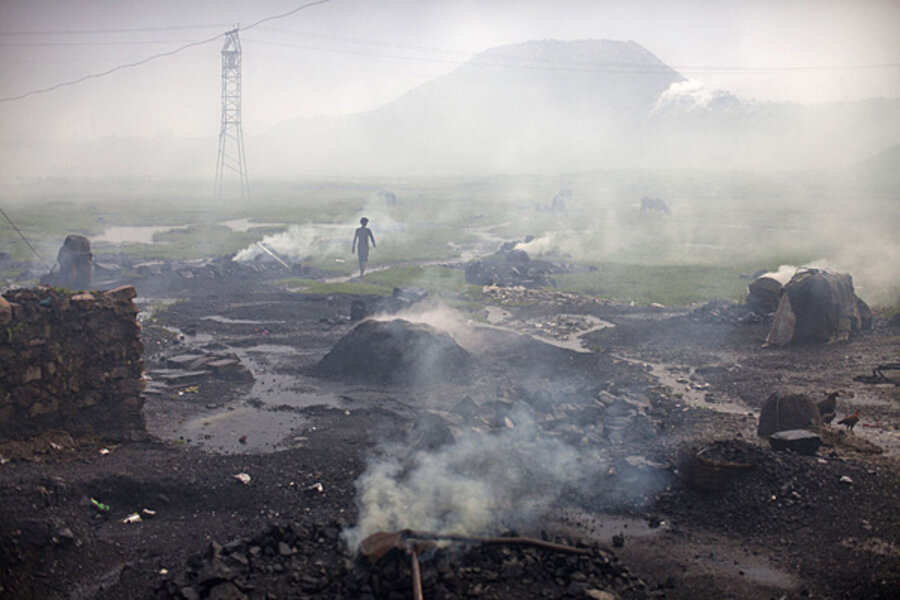Much ado about shale gas, but coal is still king
Loading...
Two years ago, Saudi Arabia started mulling the prospects of shale natural gas as it faced the possibility of running short on energy supplies. The largest oil exporter in the world said it's now ready to replicate the shale gas success in the United States and use its own unconventional reserves to keep the lights on. The shale boom in the United States has turned the global energy market on its head. The director of the International Energy Agency said, however, coal was still the fuel of choice.
The United States is on pace to pass Russia as the leading natural gas producer in the world. In theory at least, it could rival Riyadh in terms of oil production. The production gains from the United States are thanks in part to the much-ballyhooed shale boom under way in the country. The U.S. Energy Department said last week it expected natural gas production to rise 1.7 percent from their 2012 level to 70.4 billion cubic feet per day next year. U.S. oil production should rise by more than 30 percent during that same time to 8.5 million bpd in 2014. (Related article: A Billion-Ton Coal Miner You’ve Never Heard Of)
That increase forced oil giant Saudi Arabia to stand up and take notice, not only because higher U.S. production means less consumption of foreign energy resources but also because of what it can possibly do at home. Saudi Aramco President Khalid al-Falih told the World Energy Congress in South Korea this week the race was on to replicate the U.S. success with shale. Riyadh estimates it holds at least 600 trillion cubic feet of natural gas and is ready to commit some of that to feed its power plants. Though the Middle East and North America are leading in terms of oil and gas production, it's consumption that's driving the global market for energy. And what's fueling that, the IEA said, is coal.
"Coal is emerging as the fuel of choice because of its relative abundance and affordability in the region," IEA Executive Director Maria van der Hoeven said.
Despite the shale bonanza, the IEA said coal is the fastest-growing source of energy in the world and is the primary source of fuel for electricity, accounting for 40 percent of the world's needs. The share of natural gas for power falls from 44 percent to 28 percent by 2035, leaving space for coal to make up nearly half of the Asian market's energy demand. Energy consulting group Wood Mackenzie said China alone should account for more than 60 percent of that growth. China can't source enough of its own natural gas and LNG imports are too expensive, leaving Beijing with no other option than coal. (Related article: Coal Use Falling, Proof of Progress to Low-Carbon Future)
Europe is relying less on coal power and the U.S. Energy Department said coal production is plummeting. Production from the once-mighty coal state of Kentucky is at its lowest level in more than 85 years. Globally, however, the scenario is much different. The IEA said it can't discount the global environmental consequences of coal but because it's 30 percent cheaper than natural gas, at least in Asian markets, it reigns supreme. The IEA said coal use "has never stopped increasing" and, despite the trends in shale, it looks like it never will.
Original article: http://oilprice.com/Energy/Coal/IEA-Says-Coal-is-Still-the-Fuel-of-Choice.html







